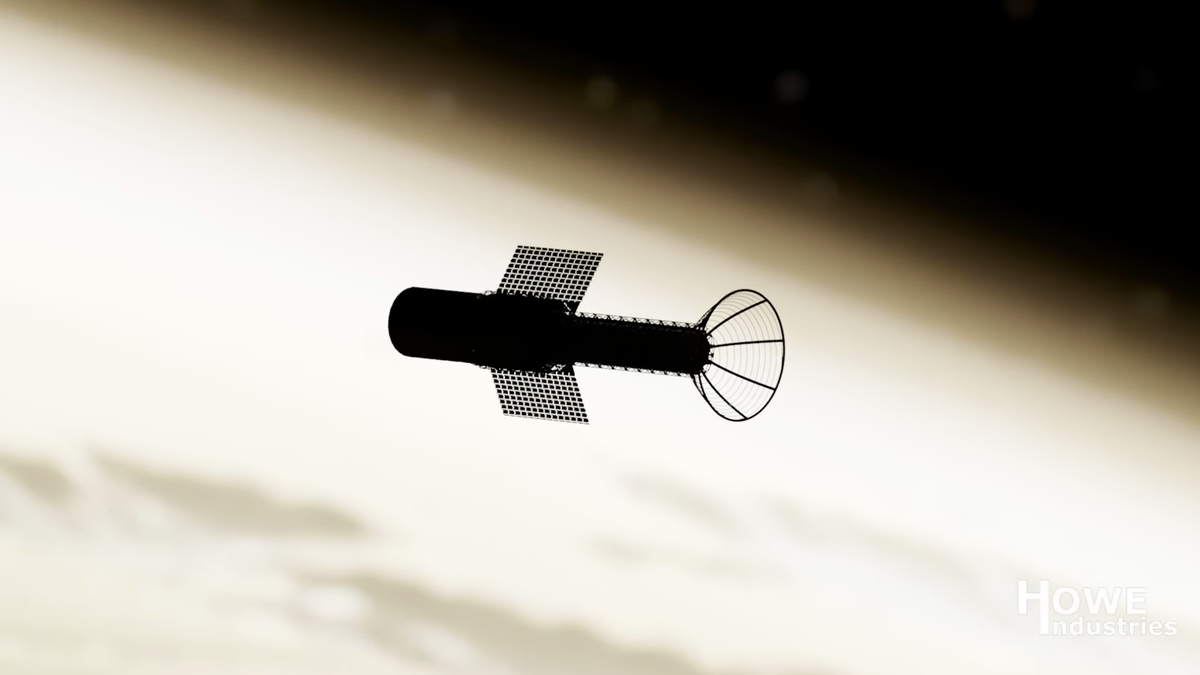Last week, NASA announced it is working with a technology development company on a new propulsion system that could transport humans to Mars in only two months – down from the current nine month journey required to reach the Red Planet. Gizmodo reports:
NASA’s Innovative Advanced Concepts (NIAC) program recently selected six promising projects for additional funding and development, allowing them to graduate to the second stage of development. The new “science fiction-like concepts,” as described by John Nelson, NIAC program executive at NASA, include a lunar railway system and fluid-based telescopes, as well as a pulsed plasma rocket.
The potentially groundbreaking propulsion system is being developed by Arizona-based Howe Industries. To reach high velocities within a shorter period of time, the pulsed plasma rocket would use nuclear fission – the release of energy from atoms splitting apart – to generate packets of plasma for thrust. It would essentially produce a controlled jet of plasma to help propel the rocket through space. Using the new propulsion system, and in terms of thrust, the rocket could potentially generate up to 22,481 pounds of force (100,000 Newtons) with a specific impulse (Isp) of 5,000 seconds, for remarkably high fuel efficiency. […]
The pulsed plasma rocket would also be capable of carrying much heavier spacecraft, which can be then equipped with shielding against galactic cosmic rays for the crew on board. Phase 2 of NIAC is focused on assessing the neutronics of the system (how the motion of the spacecraft interacts with the plasma), designing the spacecraft, power system, and necessary subsystems, analyzing the magnetic nozzle capabilities, and determining trajectories and benefits of the pulsed plasma rocket, according to NASA.
Abstract credit: https://slashdot.org/story/428225



The first thing I can think of is sample collection. Right now, all the Mars missions have been one-way trips, and there’s only so much you can gain from the readouts sent by the rovers. Plus, a crewed mission would be able to bring more varied equipment with them for data collection.
It would also be a major milestone in space travel. Mars is our closest neighbor, and being able to send a crewed mission there makes a whole bevy of other missions more probable.
Why did we send manned flights to the moon when we had already sent rovers there?
Venus is the closest neighbor, but given its atmosphere not a good candidate for exploration.
You don’t like crushing pressures and hot sulfuric acid rain?
Is this a Pina Colada lyrics version?